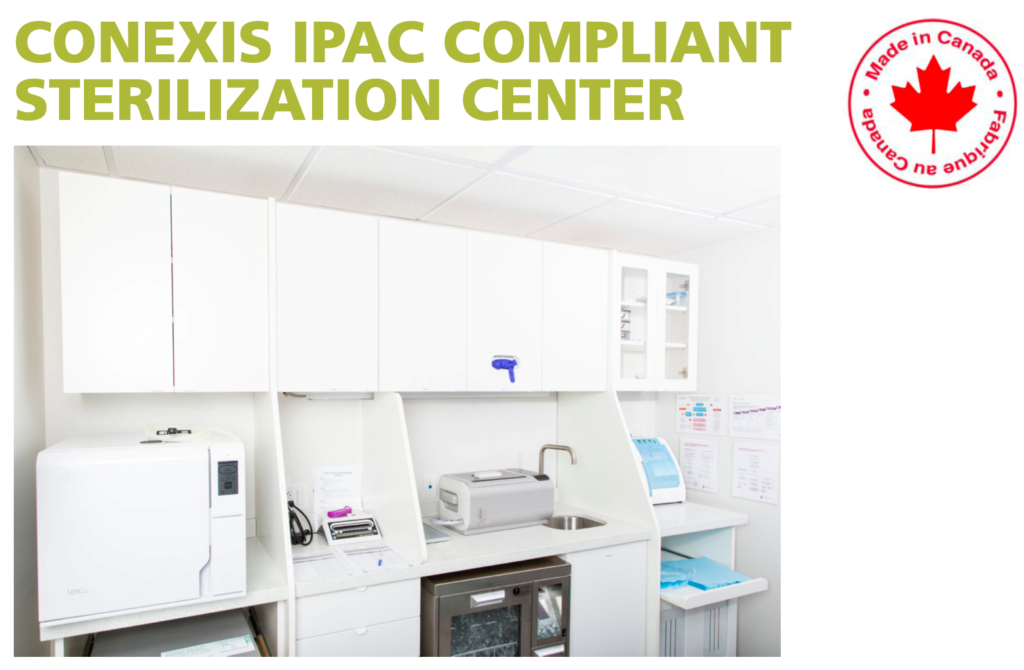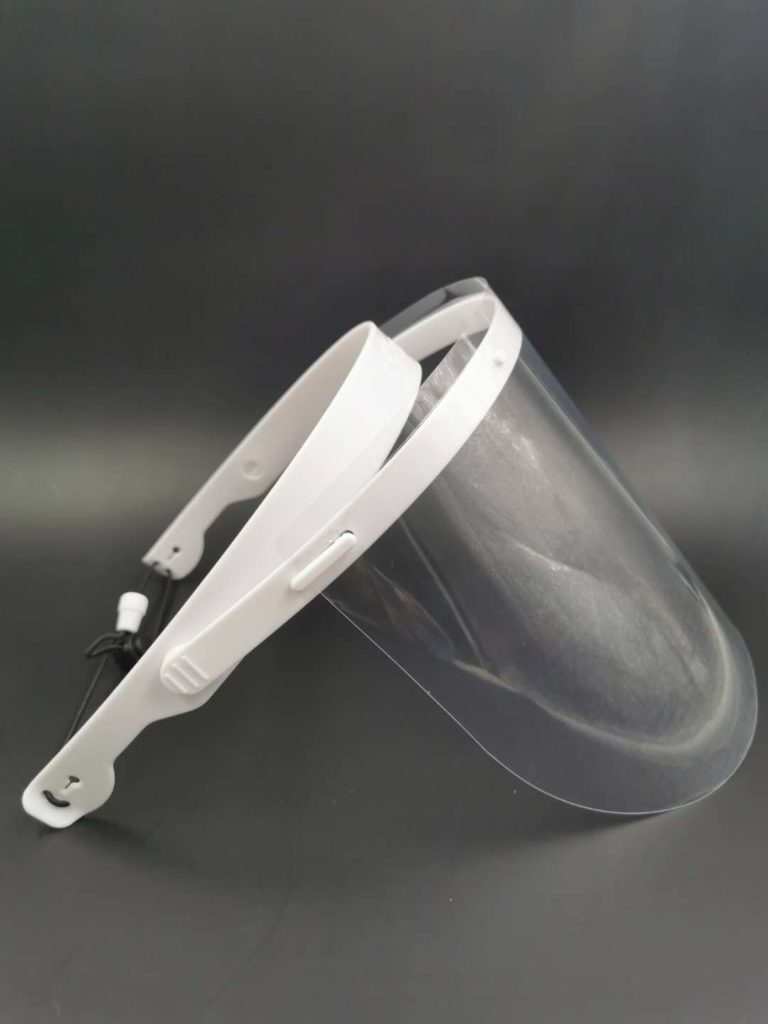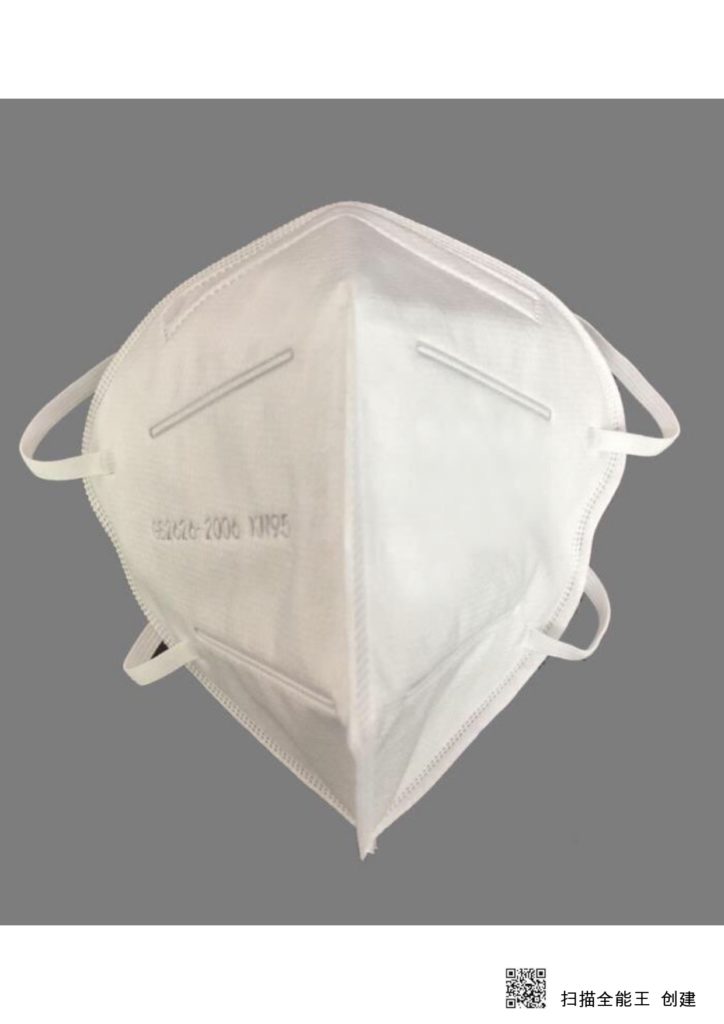Part 4: How do symptomatic SARS-CoV-2 patients contaminate the air, surfaces, and personal protective equipment?
Hospital transmission of severe acute respiratory syndrome (SARS-CoV-2) has been reported, although the mode of transmission and extent of environmental contamination have not been fully determined.
From January 24 to February 4, 2020, three patients at the dedicated SARS-CoV-2 outbreak center in Singapore in airborne infection isolation rooms that had 12 air exchanges per hour had surface environmental samples taken at 26 sites.
Personal protective equipment of attending physicians were also sampled.
How the samples were taken:
Surface environmental samples were taken using sterile premoistened swabs.
Air sampling was done on two days using an air pump and gelatin filters.
Specific real-time reverse transcriptase–polymerase chain reaction (RT-PCR) was used to detect the presence of SARS-CoV-2.
Samples were collected on 5 days over a two week period. One patient’s room was sampled before routine cleaning and 2 patients’ rooms after routing cleaning.

How the rooms were cleaned:
High touch areas were cleaned with 5000 ppm of sodium dichloroisocyanurate and the floor was cleaned daily using 1000 ppm of sodium dichloroisocyanurate.
Here are the findings from the collected samples :
Patient A had all samples test negative.
Patient B also had all samples negative.
Patient C whose sample were collected before routing cleaning had positive results:
a) 13 (87%) of 15 room sites (including air outlet fans) and 3 (60%) of 5 toilet sites were positive.
b) Postcleaning samples were negative which suggest that the decontamination measures with sodium dichloroisocyanurate sodium dichloroisocyanurate were effective.

Swabs taken from the air exhaust outlets tested positive, suggesting that small virus-laden droplets may be displaced by air currents and deposited on equipment such as vents.
c) Air samples were negative, but the volume of air sampled represents only a small fraction of total volume and there were significant air currents.
d) Only 1 PPE swab, from the surface of a shoe front, was positive. All other PPE swabs were negative.
e) Viral culture was not performed so positive samples cannot imply viability of the virus.
The environmental contamination demonstrated above by patient with SARS-CoV-2 through respiratory droplets and fecal shedding suggests supports the need for decontamination of high touch areas and adherence to hand hygiene.
This open access reference article is available online to learn more:
Air, Surface Environmental, and Personal Protective Equipment Contamination by Severe Acute Respiratory Syndrome Coronavirus 2 (SARS-CoV-2) From a Symptomatic Patient
Sean Wei Xiang Ong et al. JAMA. 2020;323(16)
https://jamanetwork.com/journals/jama/fullarticle/2762692
Full Face Shield Kits and KN95 respirator masks are available for next day delivery. Limit of 6 orders per clinic.


